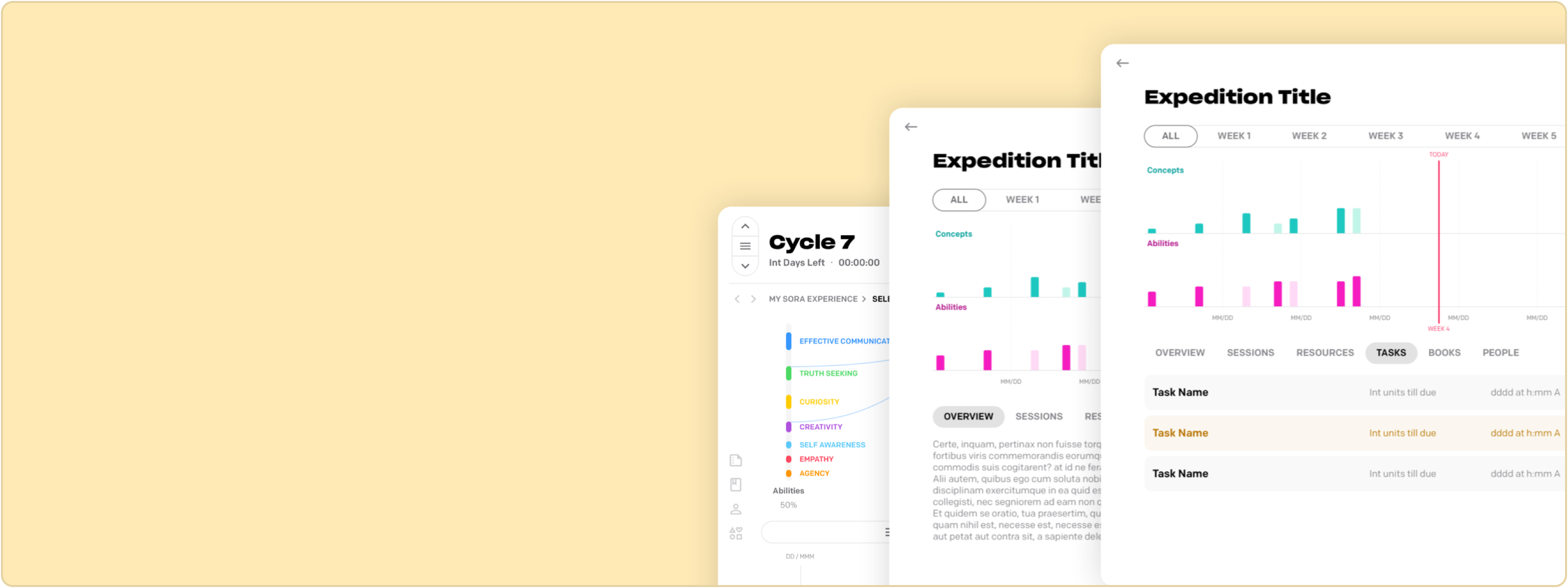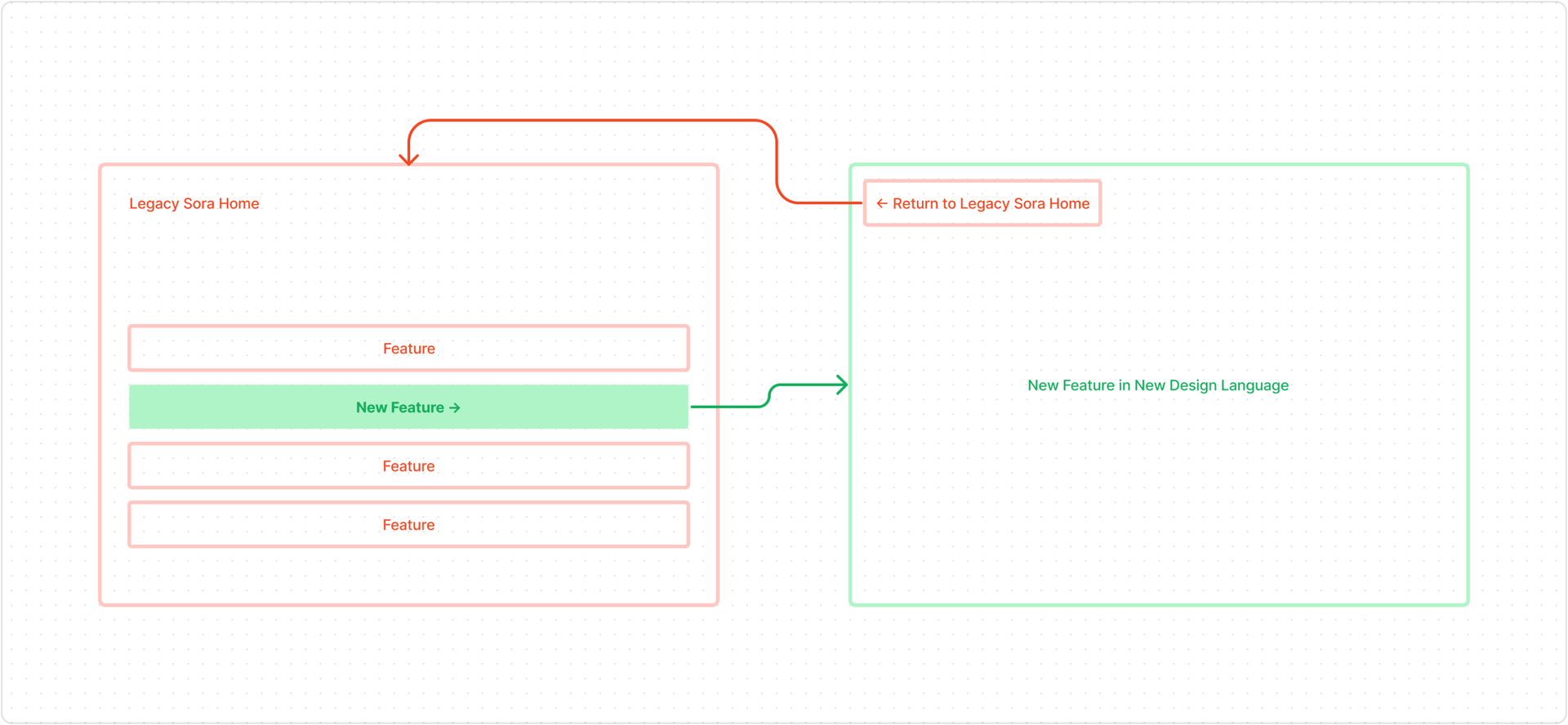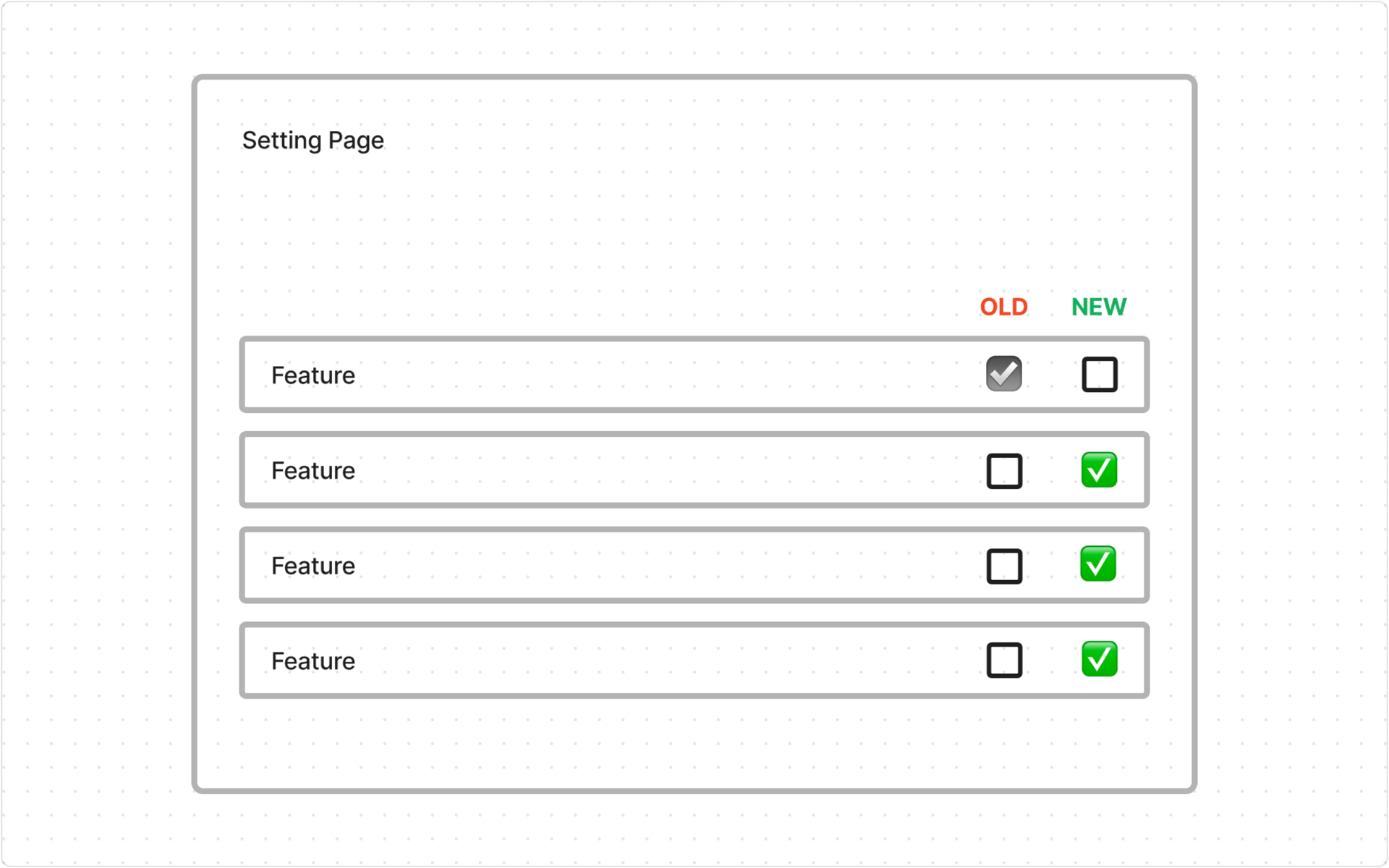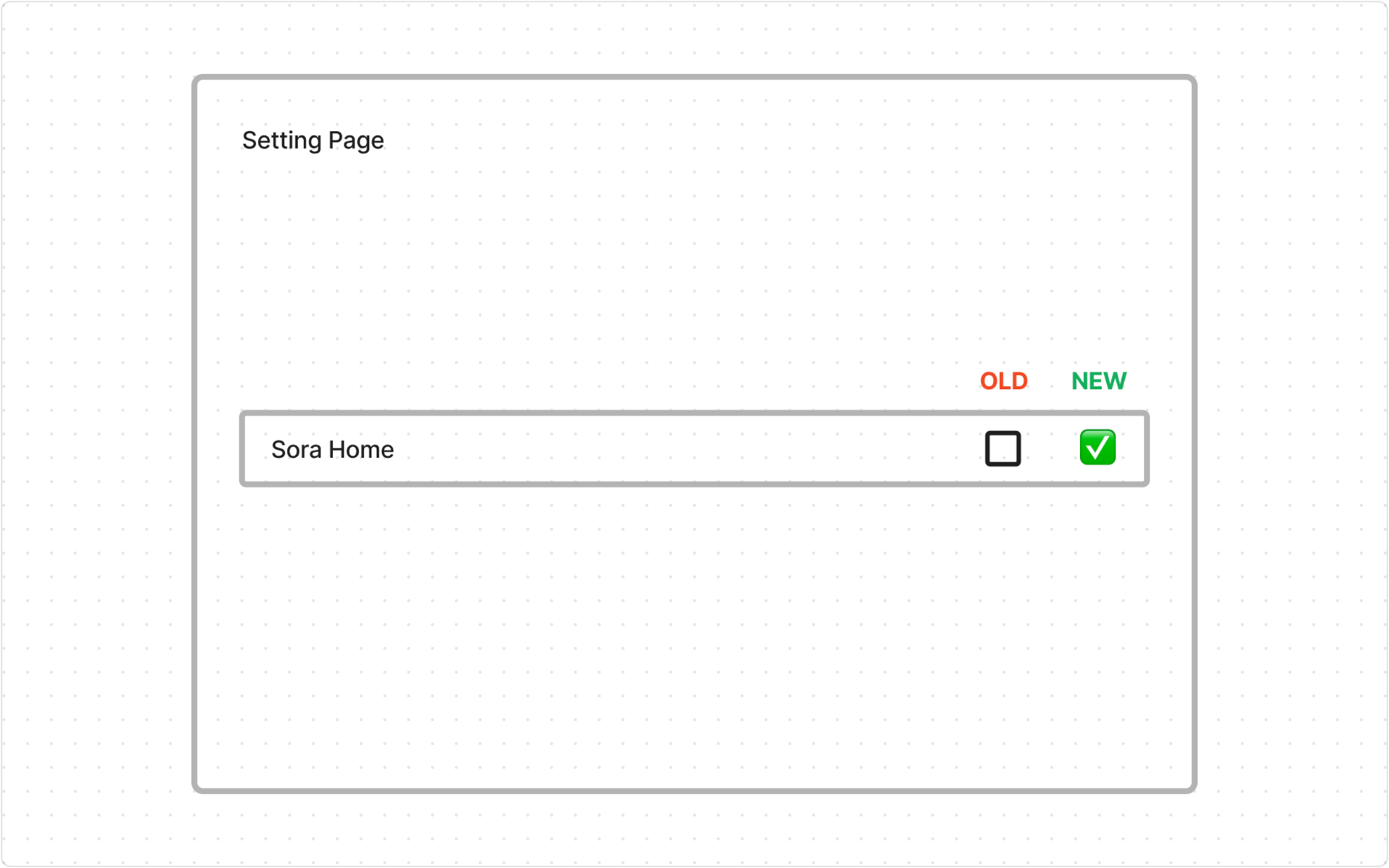Sora Product Ops
Rethinking Design at Sora Schools
Work
Design Leadership
Product Operations
Timeline
Aug 2022 - Nov 2022
Role
Product Designer
Introduction
When I was at Sora, the size of our team, features we supported, and number users we were building for was growing. However, our product process wasn't. We didn't have a design culture at Sora, and it was costing us. Collaboration was unfocused and narrow. With every new feature, we solved parts of problems and then created a few more. And we were designing in a way that diminished the overall experience, rather than enhancing it. Design is all about the process, and ours needed to change.
My Role
Revamping our process was led by myself and a product manager. We worked with the head of engineering to define it's implantation. We also worked with the rest of the engineers and another designer while implementing the design system in other projects.
Problems
Unfocused Collaboration The way were collaborating was unfocused and narrow. Our meetings had too many people. We weren't setting clear expectations before meetings. And, the way we worked was inconsistent. We weren't functioning as a cohesive team. We also had three departments (Product, Marketing, and School Ops) with different design needs. This was causing a lot of misalignment and disfunction.
Removal Rather than Distillation Simplification is design its self. However, when versioning, we weren't simplifying. We were cutting and cramming. With every new feature, we solved part of a problem and then created a few more. We shipped a lot of one-off solutions with missing parts. Our process didn't have time for us to consider ways to combine parts and create simpler solutions.
Inconsistent Design Language Our design language didn't have a foundation. Our interface was extremely incoherent. Our brand colors conflicted with common semantic uses of color, resulting in a monochromic pages. We had no repeatable components, resulting in standard interactions feeling foreign. The information architecture lacked structure, leading to a cluttered navigational elements and a messy home page.
Goals
Develop a rhythm of focused collaboration.
Create time to review and combine features on the roadmap.
Develop and implement a design system.
Revamping Our Process
Cadence to Focused Meetings
We started by developing on a rhythm to our meetings. We scrapped ad hoc product reviews and design critiques in favor of more focused, recurring meetings. Meetings were organized into time slots by project. Leadership would attend multiple project meetings and ICs would stay at their own. We maintained a consistent agenda for each type of meeting and it was up to the ICs to decide what type of meeting we would have.
Time for Product Strategy
Outside of our regular reviews, we also held smaller planning meetings for product managers, engineering leadership, and design leadership. We would regularly review updates to the roadmap and evaluate how we were working.
We kept them small so leaders of their respective disciplines could advocate for the needs of their collaborators. We also kept a product team all hands, for the team to share changes to the roadmap, get quick status updates from the team, ask for feedback on the way we work, and set expectations.
Better User Experience Research
At the time, our user experience research wasn't very specific. We held weekly roadmap meetings with students but they weren't helping us connect to the real day-to-day of their lives. Roadmap meetings were essentially unfocused focus groups. We weren't spending 1on1 time with students to focus on individual users and resurface their problems.
We shifted from roadmaps being every week to every other week. On the off weeks, we had 1on1s with rotating students and faculty members.
Our plan was for our every other week roadmap sessions to evenly sync with our 4-6 week software development lifecycle. We planned our roadmap sessions with the rhythm of the product opportunities in mind, helping us get more focused feedback.
Implementing a New Design System
We didn't have the capacity to swap design languages over night so we decided to move in phases.
Phase 1 (Guided Links)
In phase 1, we only applied the new design system to newly developed features. We used guided links to navigate users to different pages and also offer them a way to easily get back.
The pages built with the new design system didn't have all of the functionality from the legacy versions. They generally prioritized new functionality and we migrate legacy functionality in subsequent releases.
Phase 2 (New or Legacy Features)
In phase 2, we redesigned entire pages. We moved away from guided links and centralized new and legacy preferences to one place.
Phase 3: (New or Legacy App)
In phase 3, users could either use the new or legacy version of the entire app.
Phase 4: (Deprecate the Legacy App)
We deprecated the legacy Sora Home and continue to improve the new framework.
Working in these phases will helped us continue to deliver and meet the needs of our users, work in bite sized chunks, and beta test new functionality, rather than rolling out everything to everyone.
There were no hard and fast rules to our approach. Sometimes we just built features in the new Sora Home and in other times had to create bandaids in the legacy Sora Home. ICs were well supported in making decisions on a case-by-case basis.
Reflections
The transition was a lot of work and not always a smooth process. However, the quality of design at Sora steadily increased overtime . We went from regularly patching our mistakes to solving new problems. Our collaboration, as a product team, was much more focused.
The largest impact of this project was improving the quality of our research. Our research uncovered many school ops and service issues. Problems became a lot more specific and oftentimes didn't require any product design at all.
Because we spent a lot of time with teachers and students, we had a clear grasp on their priorities. However, the admins did not. They centralized all the decision making, leaving students and teachers out of the process. This divide eventually pushed me to leave Sora and the concept of a "school" behind.




